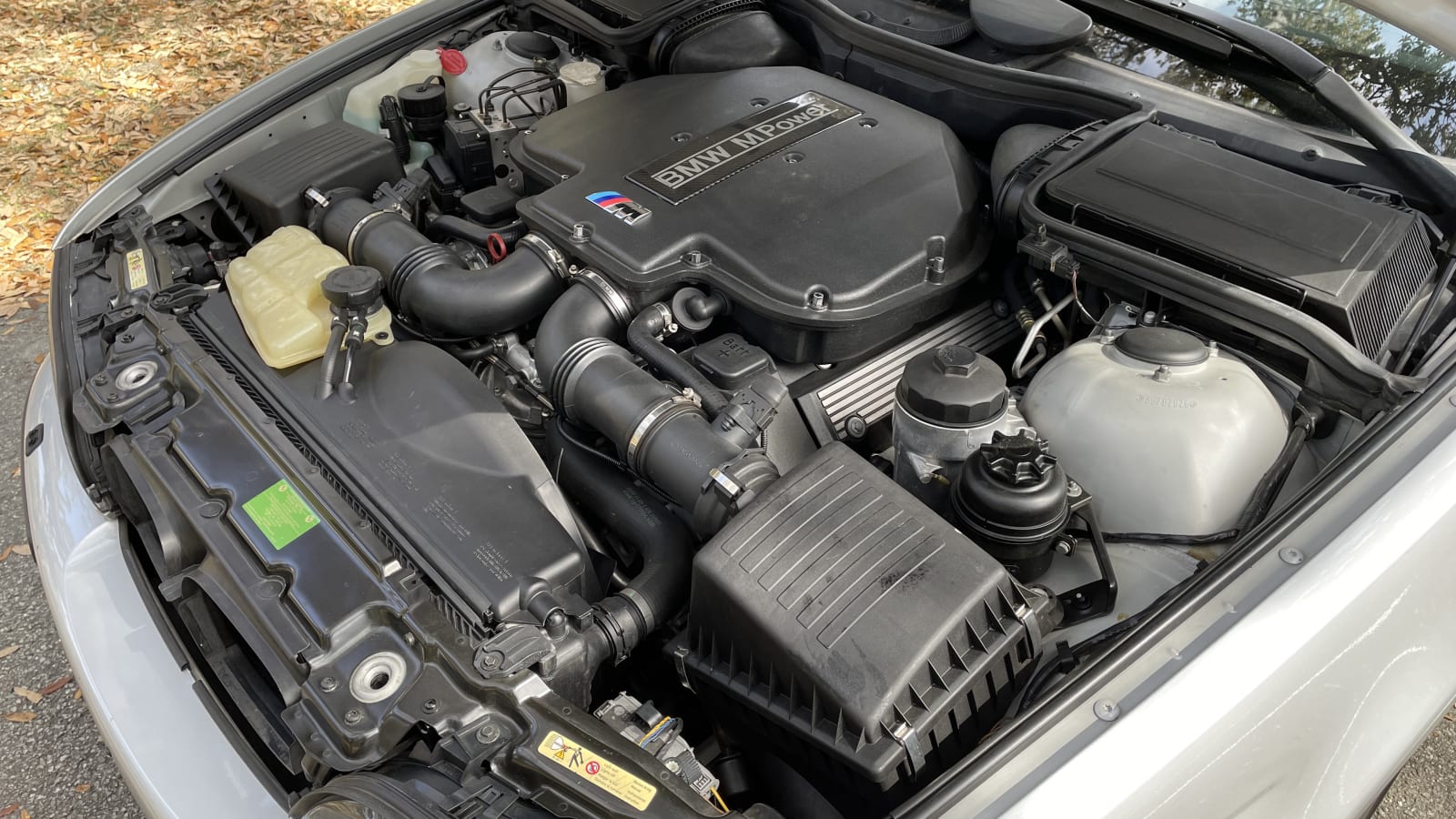1999 BMW M5 Retro Review | A hero worth meeting

Welcome to our latest series of Retro Reviews that take us back in time through the BMW M performance division’s history. This review of a 1999 BMW M5 is the second of several classic BMW M car reviews to hit our little slice of the internet in the coming weeks. We started with the old, and are making our way to the new. Enjoy the photos and the nostalgia. We hope you stick with us on this journey through time and a reexamination of some of BMW M’s most iconic performance vehicles.
SAVANNAH, Ga. — When the collective car world speaks nostalgically about BMW, there are a few key benchmark cars that rise to the top. One of those cars is the 1999-2003 BMW M5, also known as the E39. It wasn’t the first M5, but it’s perhaps the one that best defines what an M5 is. The E39 generation lives in that little period of time when the sheer performance of cars was growing at a rapid pace, but before electronics became king.
It had a naturally aspirated 4.9-liter V8 engine, was only available with a six-speed manual and hit 60 mph in just 4.8 seconds. That’s a highlight reel all on its own, but in the M5 way, you wouldn’t assume this car to be a rip-roaring enthusiast darling just by looking at it from the outside.
BMW crafted a timeless look, and the E39 deserves a spot in the running for any “best-of” BMW design lists. You wouldn’t know this 5 Series is an M5 from the front via an “M” badge. No, you need to look for the wider kidney grille frames, the subtle spoilers, unique M aero mirrors, small quad exhaust, rear M logo, M5-specific wheels, and in some cases, unique-to-M colors. It’s all just enough to tip off a would-be admirer, but not boy-racer enough to attract extra attention. Sometimes, there’s beauty in simplicity, and the E39 M5 is one of the best examples of such a phenomenon.


I’m a little less enthused at what BMW thought interior beauty looked like in the late 1990s and early 2000s, though. Step inside the E39 M5, and the mahogany-look wood trim paneling tries for luxury and quality, but looks dated and tired today. The same goes for some other interior niceties. BMW got adventurous with technology, so it’s no surprise to see that said technology is more of a hindrance than a helper in 2022. The “infotainment” system pre-dates iDrive (not to mention an intermediate system available on 2001 and later E39s), and it essentially serves as a reminder that using a computer from over two decades ago is not fun. The other big annoyance is the in-car cell phone-accommodating center console. A big hole smack dab in the middle of the armrest is dug out to hold BMW-supplied phones for the business people who bought this car back in the day. Unfortunately, that turns the armrest into a very annoying place to rest your arm, on account of the big, hard plastic hole where you might want your elbow to be.
Moving back to the good, there is some legitimately cool tech you can find in the E39 M5, too. My favorite is the variable tachometer warning zone that “unlocks” more of the tachometer by way of warning lights as the engine warms up — upon startup, you’re “limited” to just 4,000 rpm. A “Sport” button can be pressed to increase throttle response and reduce power assistance to the steering, thereby giving you a weightier wheel (this was ahead of its time). There was no electronically-controlled adaptive suspension, but going into “Sport” still offers a tangible difference in how the car drives. Plus, it was the first M car to come with BMW’s now ubiquitous “Dynamic Stability Control” to reel this rear-wheel-drive monster in when you’d like to.

Where BMW really spent its money, though, is on the utterly stupendous engine. This aluminum V8 features an induction system to make any engine nerd swoon. For starters, the engine breathes through eight individual throttle bodies. It gets a carbon fiber intake plenum, and the Double VANOS system means it offers variable valve timing for both the intake and exhaust. BMW fitted a dry sump lubrication system to ensure proper oil flow in high-performance driving, and that’s exactly the type of driving you’ll want to be doing with this car.
The first time you floor it is simply illuminating. It pulls like a banshee all the way up to redline, and the noise is a combination of pure muscle with a heavy dose of intake sounds, as the engine breathes through those eight individual throttle bodies. Each gear is long enough to savor the engine’s splendor, but not so long that you’re wishing for shorter gears. There doesn’t seem to be a weak part of the rev range. Unlike the modern M5, you can actually stay buried in the throttle for more than a couple seconds without going extralegal speeds. It’s simply a perfect street car in that respect.




One area it’s lacking in is exhaust noise, as BMW erred on the side of quiet and long-haul ear comfort over making it alert the wider universe to its presence. That’s easily remedied via the aftermarket if you’d rather make noise, but it’s also a point in favor of modern cars with their active exhaust systems allowing you to be totally silent or make all the noise at a moment’s notice.
Like the original E28 M5, the E39 retains its comfort and drivability over long distances. It sops up poor pavement with its thick sidewalls and forgiving suspension. I didn’t get much of a chance to really test its handling mettle on south Georgia’s relatively straight roads, but in the couple of opportunities I did have, the M5 proved itself to be a feelsome, smooth operator. There’s more body lean than pretty much any new M car, but it’s controlled with great predictability and stability, inspiring confidence in the driver to push harder. One point of possible contention, though ultimately just trivial, is that the E39 M5 has a recirculating ball steering rack for packaging purposes rather than the normal 5 Series’ rack-and-pinion setup. I didn’t find it lacking in feel or problematic in any way throughout my drive, so BMW made it work.
There’s very little about driving this M5 that I’d want to change. It has the performance, the styling, and nails all of the important aspects of super sedan ownership. It’s not perfect by 2022’s standards, but it’s a car (and engine) that gets under your skin in the way only special cars can. You want to keep driving it. You want to live in that upper range of the tachometer over and over again. You definitely won’t soon forget driving it if you ever have the extreme privilege to do so.

A little buyer’s advice
The engine is the main point of consternation for old E39 M5s. Possible issues include carbon build-up in the combustion chambers over time, a VANOS system failure that comes in the form of an oil leak, and timing chain tensioner issues. You’ll definitely want to check those timing chain guides, as the worst-case scenario for leaving these unattended is the destruction of your engine. Beyond that, it’s worth taking a look at the usual suspension bugaboos, like worn bushings and ball joints.
Among BMWs, the E39 M5 is far from the worst offender for crushing maintenance costs, so if you have it professionally inspected and take good care of the car, it’s very likely going to treat you well, too.

